2–3 Victoria Road, Concord, Washington, Tyne and Wear, NE37 2SY
Sir William de Wessyngton (Washington) was a Norman knight and lord of the manor. His descendants later emigrated to the United States, where, in 1789, George Washington became the first president of a new nation. The family’s coat of arms is the basis of the American national flag.
Prints and text about The William de Wessyngton.
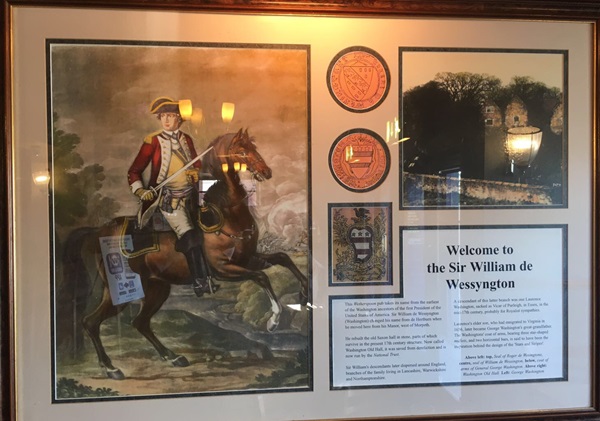
The text reads: This Wetherspoon pub takes its name from the earliest of the Washington ancestors of the first President of the United States of America. Sir William de Wessyngton (Washington) changed his name from de Hertburn when he moved here from his Manor, west of Morpeth.
He rebuilt the old Saxon hall in stone, parts of which survive in the present 17th century structure. Now called Washington Old Hall, it was saved from dereliction and is now by the National Trust.
Sir William’s descendants later dispersed around England, branches of the family living in Lancashire, Warwickshire and Northamptonshire.
A descendant of this latter branch was one Laurence Washington, sacked as Vicar of Purleigh, in Essex, in the mid-17th century, probably for Royalist sympathies.
Laurence’s elder son, who had emigrated to Virginia in 1656, later became George Washington’s great-grandfather. The Washington’s’ coat of arms, bearing three star-shaped mullets, and two horizontal bars, is said to have been the inspiration behind the design of the ‘Stars and Stripes’.
Above left: top, Seal of Roger de Wesingtone, centre, seal of William de Wessington, below, coat of arms of General George Washington
Above right: Washington Old Hall
Left: George Washington.
Illustrations and text about the Earl of Durham.
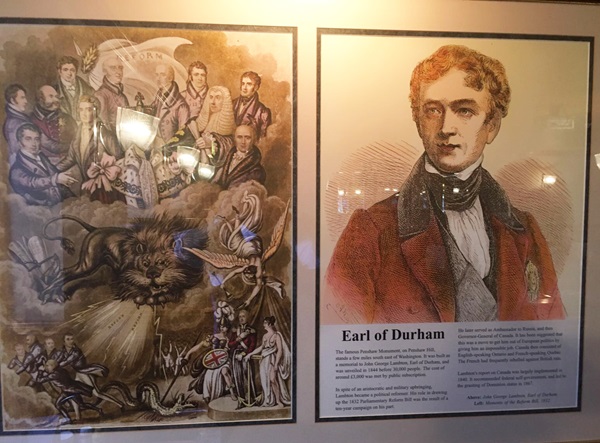
The text reads: The famous Penshaw Monument, on Penshaw Hill, stands a few miles south east of Washington. It was built as a memorial to John George Lambton, Earl of Durham, and was unveiled in 1844 before 30,000 people. The cost of around £3,000 was met by public subscription.
In spite of an aristocratic and military upbringing, Lambton became a political reformer. His role in drawing up the 1832 Parliamentary Reform Bill was the result of a ten-year campaign on his part.
He later served as Ambassador to Russia, and then Governor-General of Canada. It has been suggested that this was a move to get him out of European politics by giving him an impossible job. Canada then consisted of English-speaking Ontario and French-speaking Quebec. The French had frequently rebelled against British rule.
Lambton’s report on Canada was largely implemented in 1840. It recommended federal self-government, and led to the granting of Dominion status in 1867.
Above: John George Lambton, Earl of Durham
Left: Memento of the Reform Bill, 1832.
Photographs and text about shopping in Washington.
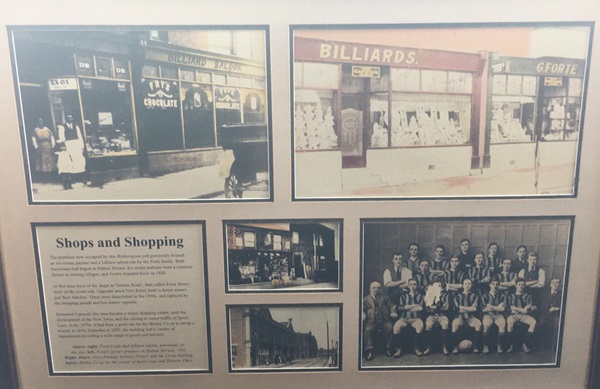
The text reads: The premises now occupied by this Wetherspoon pub previously housed an ice-cream parlour and a billiard saloon run by the Forte family. Both businesses had begun in Station Terrace. Ice cream parlours were a common fixture in mining villages, and Forte’s founded theirs in 1920.
At that time most of the shops in Victoria Road – then called Front Street – were on the south side. Opposite stood New Rows, built to house miners and their families. These were demolished in the 1950s, and replaced by the shopping parade and bus station opposite.
Renamed Concord, this area became a major shopping centre until the development of the New Town, and the closing to motor traffic of Spout Lane, in the 1970s. It had been a good site for the Birtley Co-op to set up a branch in 1874. Extended in 1892, the building had a variety of departments providing a wide range of goods and services.
Above: right, Forte’s cafe and billiard saloon, previously on this site, left, Forte’s earlier premises in Station Terrace, 1922
Right: above, street frontage between Forte’s and the Co-op building, below, Birtley Co-op on the corner of Spout Lane and Victoria Place.
An illustration, prints and text about James Drummond.
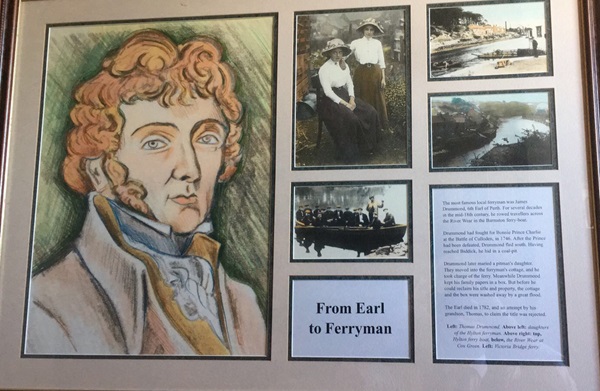
The text reads: The most famous local ferryman was James Drummond, 6th Earl of Perth. For several decades in the mid-18th century, he rowed travellers across the River Wear in the Barmston ferry-boat.
Drummond had fought for Bonnie Prince Charlie at the Battle of Culloden, in 1746. After the Prince had been defeated, Drummond fled south. Having reached Biddick, he hid in a coal pit.
Drummond later married a pitman’s daughter. They moved into the ferryman’s cottage, and he took charge of the ferry. Meanwhile Drummond kept his family papers in a box. But before he could reclaim his title and property, the cottage and the box were washed away by a great flood.
The Earl died in 1782, and an attempt by his grandson, Thomas, to claim the title was rejected.
Left: Thomas Drummond
Above left: Daughters of the Hylton ferryman
Above right: top, Hylton ferry boat, below, the River Wear at Cox Green
Left: Victoria Bridge ferry.
Prints and text about the development of Washington.
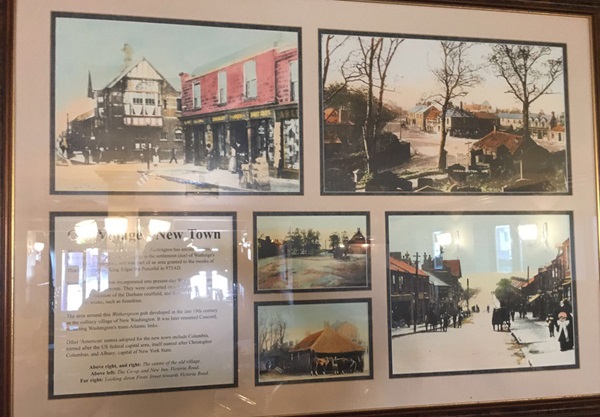
The text reads: Although well-known as a New Town, Washington has ancient origins. It was named in Anglo-Saxon times as the settlement (tun) of Wathsiga’s people (the Wassingas), and was part of an area granted to the monks of Thorney Abbey by King Edgar the Peaceful in 973AD.
Many of the areas now incorporated into present-day Washington began as separate rural settlements. They were converted into individual communities with the exploitation of the Durham coalfield, and the building of dependent works, such as foundries.
The area around this Wetherspoon pub developed in the late 19th century as the colliery village of New Washington. It was later renamed Concord, reflecting Washington’s trans-Atlantic links.
Other American names adopted for the new town include Columbia, named after the US federal capital area, itself named after Christopher Columbus, and Albany, capital of New York State.
Above right, and right: The centre of the old village.
Above left: The Co-op and New Inn, Victoria Road.
Far right: Looking down Front street towards Victoria Road.
Illustrations of Washington and the revolution.
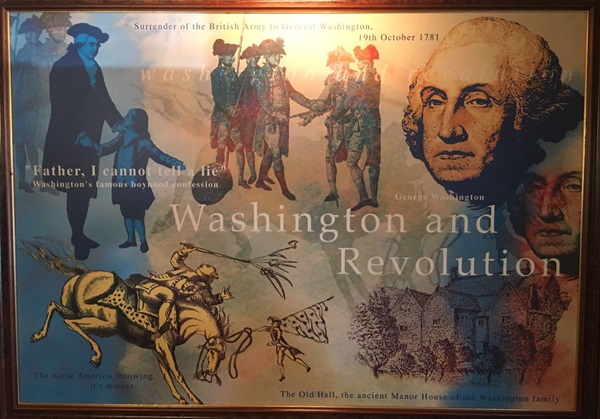
Illustrations and text about coal mining.
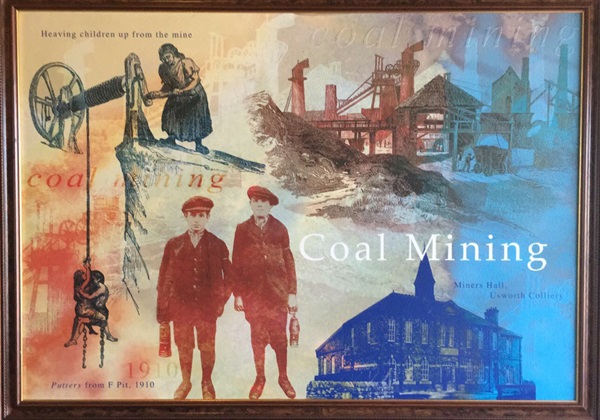
Old photographs of Washington.

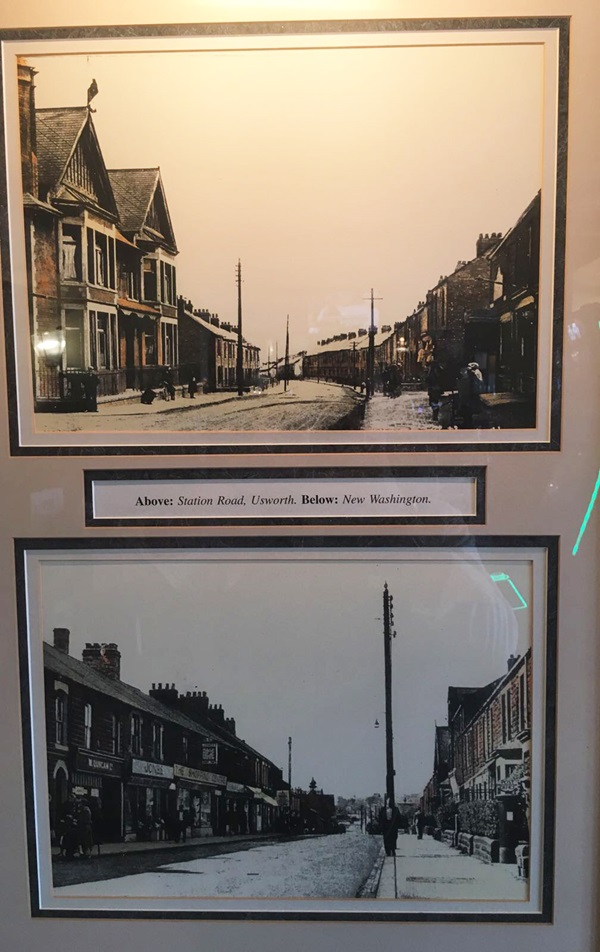
Above: Station Road, Usworth
Below: New Washington.
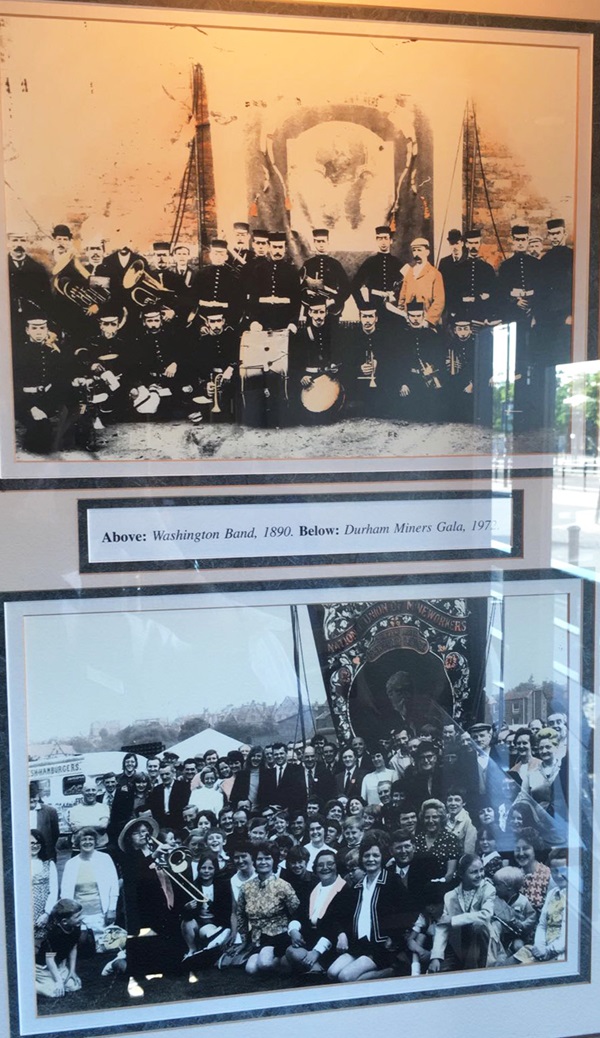
Above: Washington Band, 1890
Below: Durham Miners Gala, 1972.
Modern art by Emma Hildreth.
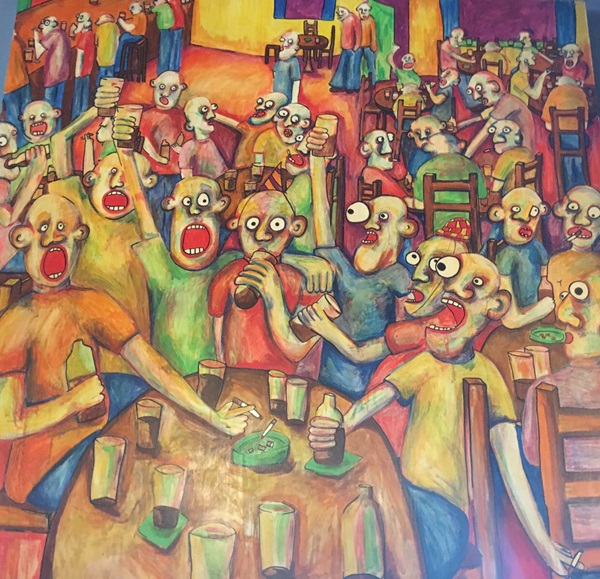
External photograph of the building – main entrance.
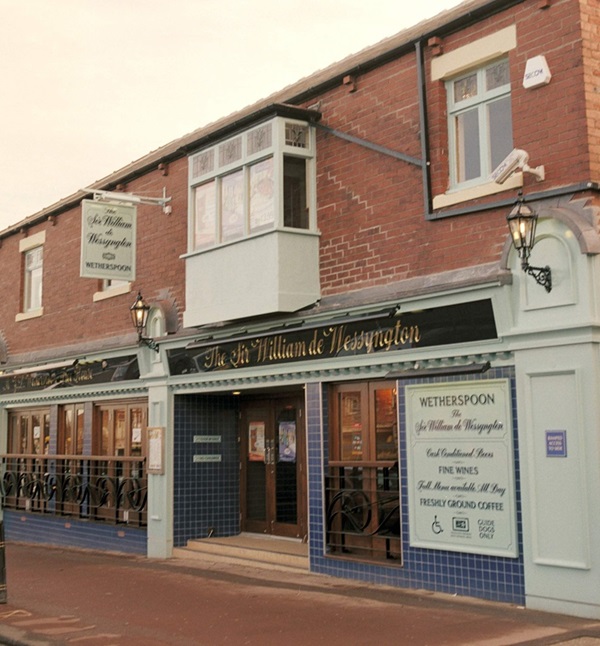
If you have information on the history of this pub, then we’d like you to share it with us. Please e-mail all information to: pubhistories@jdwetherspoon.co.uk